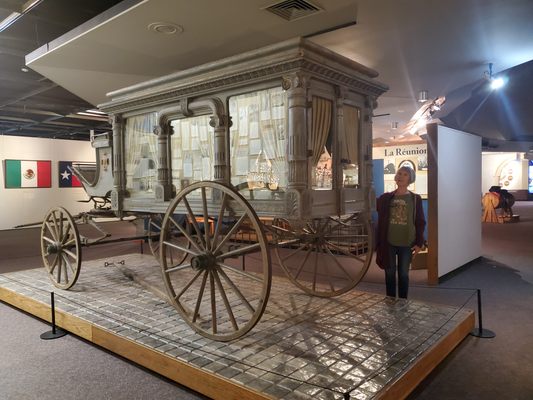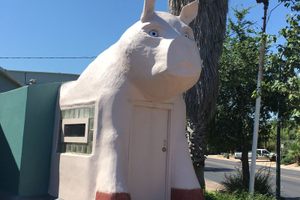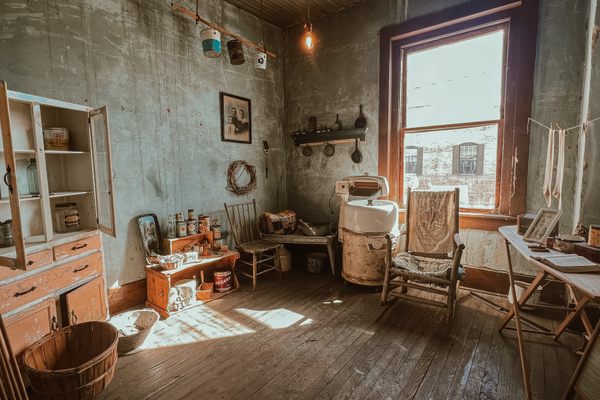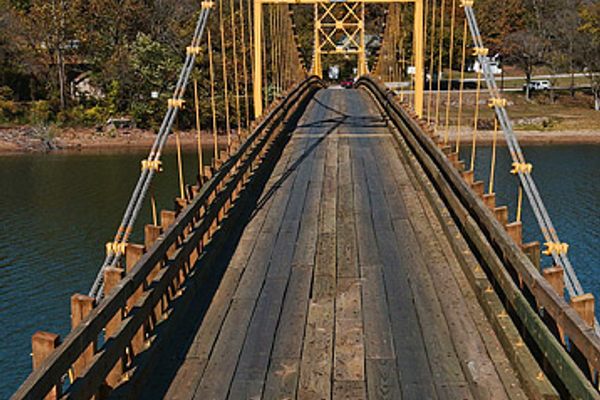About
Close your eyes and picture an old, rural Texas town in the 1920s. A tired gray mare pulls a wagon-wheeled carriage along a dirt path toward the cemetery. Directly behind it a congregation of mourners follow slowly, silently carrying flowers and scripture.
The Castroville Hearse had many similar precessions behind it when it arrived in Castroville, Texas, in 1919 and would see many more as the only hearse in town.
Perhaps one of the most interesting exhibits at the Institute of Texan Cultures Museum, and certainly the spookiest, this antique horse-drawn carriage is described as a "handsome gray, second-hand hearse." Of French design, hand-crafted and carved, the hearse was originally made in 1898 in Cincinnati. It was purchased and transported to Dallas, where it was used until being sold to Castroville for $650.
In Castroville it was much needed, as the town was growing, and a growing population meant an increase in the number of funerals and burials. The hearse was designed to carry any size casket in the back. The driver of the hearse sat up front and received $5 per funeral and transportation; not bad considering $5 in 1919 had the purchasing power of over $70 today.
The hearse was used in Castroville until 1930, when an engine-powered hearse was acquired. The old hearse was eventually donated to the Institute of Texan Cultures in San Antonio, where the marvel on wheels now rests in the French section of the museum.
There is much more to see in the museum besides the historic hearse. Antiques and artifacts from over 40 different cultures that helped to build Texas are honored and displayed. A large exhibit is devoted to American Indian tribes, as well as Mexican, German, Hungarian, English, and many other cultures of settlers.
Related Tags
Community Contributors
Added By
Published
July 6, 2018































